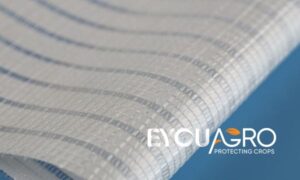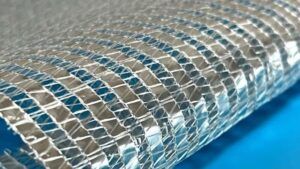Thrips are tiny, slender insects that can cause severe crop damage by feeding on plant tissues and spreading viruses. Traditional methods of controlling thrips involve using pesticides, which can harm the environment and human health. However, an innovative approach called thrips insect net has emerged as a promising alternative.
Thrips insect netting is a proper insect barrier of fine mesh covering plants, preventing thrips from accessing them to get optimal crop yields. This method is gaining popularity due to its effectiveness in reducing thrips populations and the reliance on harmful chemicals.
This article will explore the concept of thrips net, its benefits, and how it works as an eco-friendly solution for thrips control.

Why Insect Screen Netting
Thrips anti-insect netting is a type of mesh or netting used to protect plants from thrips, which are small, slender insects that feed on plant tissues and can cause significant damage to crops. Thrips can be a major pest in agricultural settings, and thrips netting is a valuable tool for managing their populations.
This thrips insect screen works by physically blocking the pests from accessing the plants. The hole size is designed to be small enough to prevent insect penetration but still allow the maximum possible air flow, light, and water to penetrate.
Thrips netting is typically used in greenhouse or high tunnel production systems, where it is installed over the crop canopy or as a barrier around the perimeter of the growing area. Thrips netting can effectively control thrips but may not be as effective against tobacco whiteflies.

Tobacco whiteflies are known to be able to fly over the netting and land on the plants. They can also be brought into the greenhouse or growing area on infested plant material or tools. Therefore, while thrips netting may help reduce the overall pest pressure on the crop, more is needed to control tobacco whiteflies alone.
Netting can be a physical barrier to prevent aphids and thrips from accessing plants. However, the thread size should be appropriate to prevent the entry of both types of insects. Aphids are generally smaller than thrips, so a netting hole size that is small enough to exclude aphids should also exclude thrips.
Unlike chemical pesticides, this insect net does not harm beneficial insects such as pollinators and natural predators of thrips. Thrips netting is also a sustainable and environmentally friendly method of thrips control, as it does not release harmful chemicals into the environment.
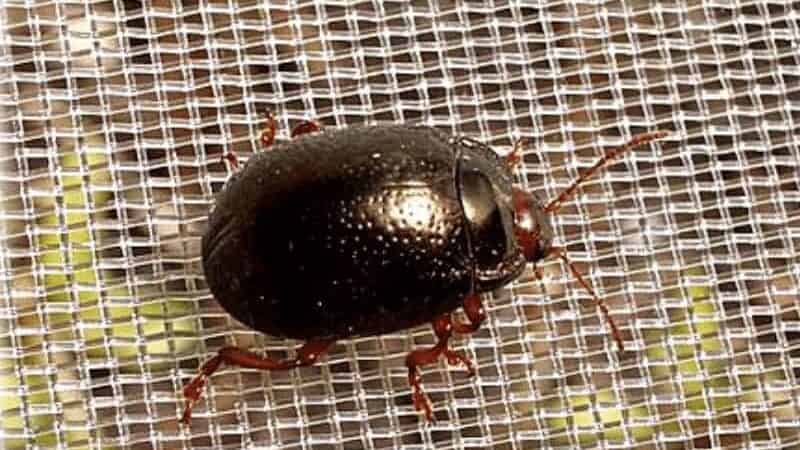
Using insect nets blocks penetration of insects and can help reduce the need for chemical pesticides. It can also improve crop yield and quality by preventing thrips damage. However, it is essential to note that thrips netting must be properly installed and maintained to be effective.
EyouAgro Insect Nets
Description
The EyouAgro Insect Screens Net is made of high-density polyethylene (HDPE) material that is UV stabilized for net durability and longevity. Its mesh size is 0.3mm, which is small enough to keep out thrips and other insects while allowing for adequate ventilation and light transmission.
This netting is suitable for use in greenhouses, shade houses, and open field crops to protect crops from thrips, tobacco whitefly, and other pests. It is also easy to install and can cover individual plants or entire crop rows.
In addition to plants protection from thrips, the EyouAgro Insect Screen Net can also help reduce pesticide use, which can harm the environment and human health. By using this net, farmers and growers can produce healthier and safer crops while reducing their environmental impact.
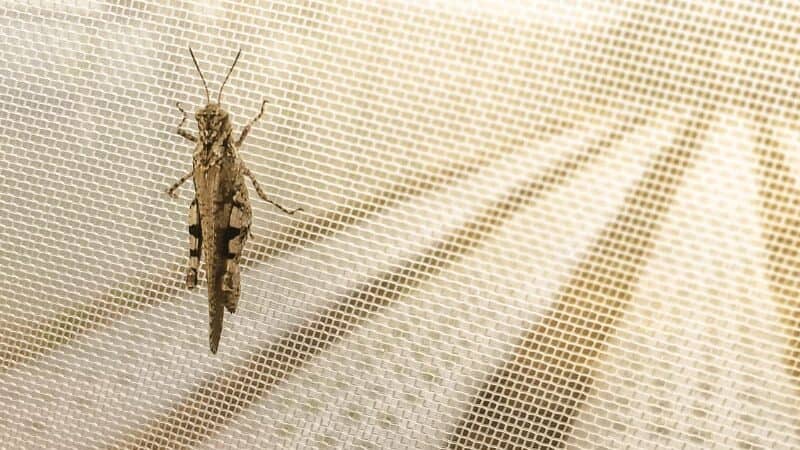
Features of Insect Screens Netting
Some common features of insect screen netting include:
- Material: Insect screen netting is made from synthetic fibers such as fiberglass, polyester, or nylon. The material will affect the durability, strength, and resistance to weathering and UV radiation.
- Mesh size: The size of the mesh openings determines the size of the insects that can be kept out. Generally, a hole size of 18 x 16 or smaller is recommended to keep out common household insects.
- Color: Insect screen netting comes in various colors, including black, gray, and white. The color may affect the light and heat that passes through the screen.
- Weave pattern: Insect screen netting can be woven in different patterns, such as plain weave, twill weave, or leno weave. The weave pattern affects the strength and durability of the screen.
- Coating: Some insect screen netting is coated with PVC, vinyl, or other materials to improve durability, weather resistance, and UV resistance.
- Installation: Insect screen netting can be installed using different methods, such as using a frame, attaching clips or magnets, or using an adhesive. The installation method may affect the screen’s ease of use and durability.
Advantages and Benefits of Insect Screens Netting
Here are some advantages of using insect screen netting:
- Insect control: The primary benefit of using insect screens netting is to control the entry of insects into the enclosed space. Insects can carry diseases and cause allergies, and using insect screens netting can help to prevent these problems.
- Better air flow: Insect screen netting can provide better ventilation and allow fresh air to circulate throughout the enclosed space while keeping out insects.
- Energy savings: Insect screen netting can also help reduce energy consumption by allowing natural ventilation instead of relying on air conditioning, which can save electricity costs.
- Improved indoor air quality: Insect screen netting can also help improve indoor air quality by reducing the need for chemical insecticides and other harsh chemicals that can negatively impact human health and the environment.
- Increased comfort: With insect screens netting, you can keep your windows and doors open without worrying about insects.
- Protection of plants: Insect screen netting can also protect indoor plants from insect infestations, which can help them to grow healthier and stronger.
- Reduced risk of virus transmission: Thrips can transmit viruses to crops, reducing crop yield and quality. Thrips netting can prevent thrips from transmitting viruses, which can help to protect crops.
- Improved plant growth: Thrips netting can also provide a microclimate conducive to plant growth by reducing temperature fluctuations and protecting plants from wind damage.
- Cost-effective: Thrips netting can be a cost-effective method for protecting crops from thrips, especially in areas with high thrips populations or where thrips constitute a significant problem.
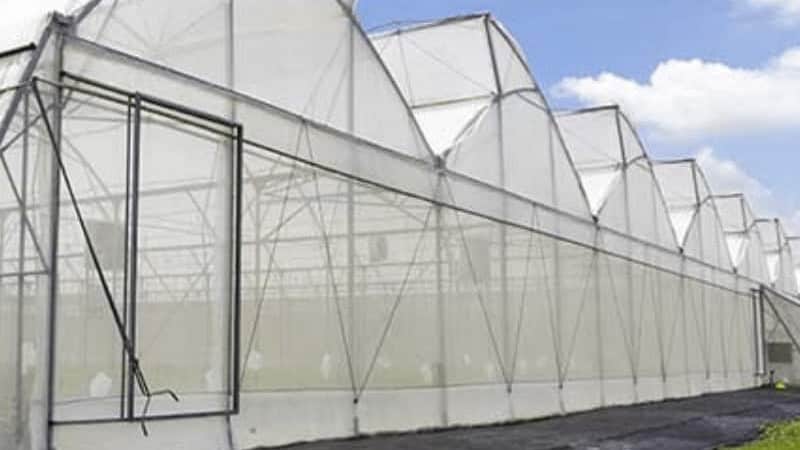
Quotes, Success Stories, and Testimonials
Quotes
According to Dr. Alvin M. Simmons, “Netting is an effective tool to control thrips, which reduces the need for pesticide use and protects crops from damage.”
“Thrips netting provides a physical barrier that keeps thrips away from crops, leading to healthier plants and higher yields.” – Dr. Miriam Paris.
Success Stories
In a trial conducted in Turkey, EyouAgro Thrips netting was used to protect tomato plants from thrips. The netting was highly effective in reducing thrips infestations and increasing tomato yields. Using the netting also improved the quality of the tomatoes, resulting in a higher market value for the crop.
A study conducted in China found that using EyouAgro Thrips netting significantly reduced thrips infestations in pepper plants, resulting in a 27% increase in yield compared to plants not protected by the netting. The netting also improved the overall quality of the peppers, making them more attractive to buyers.
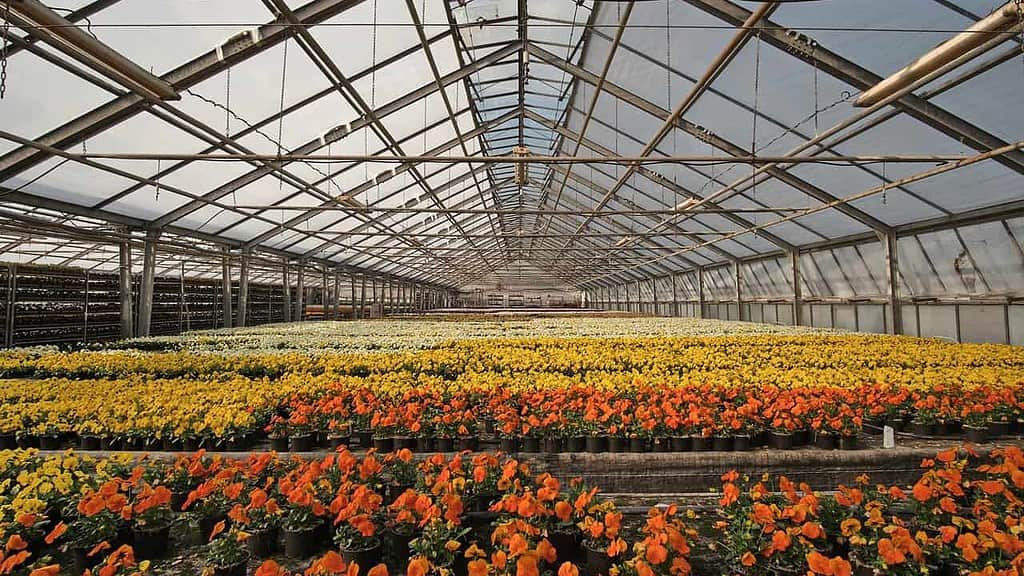
Conclusion
EyouAgro thrips netting is a reliable and practical solution for preventing thrips infestations in the modern greenhouse. They produce dramatic results and offer numerous benefits, including reduced reliance on chemical pesticides, environment-friendly, improved plant growth, and cost-effectiveness.
EyouAgro thrips netting is easy to install and can be used in various crop types, including vegetables, fruits, and flowers. Therefore, it is an excellent investment for farmers looking to protect their crops and promote sustainable farming practices.
Are you tired of dealing with thrips infestations in your crops? EyouAgro’s thrips netting offers a practical and eco-friendly solution to protect your plants from these damaging pests.
Don’t let thrips destroy your hard work and investment. Take action now and invest in EyouAgro’s thrips netting to safeguard crops and increase yield.
Join the growing number of satisfied customers who have seen the benefits of using EyouAgro’s thrips netting in their farming and gardening operations. Order your thrips netting today and experience the difference for yourself!


